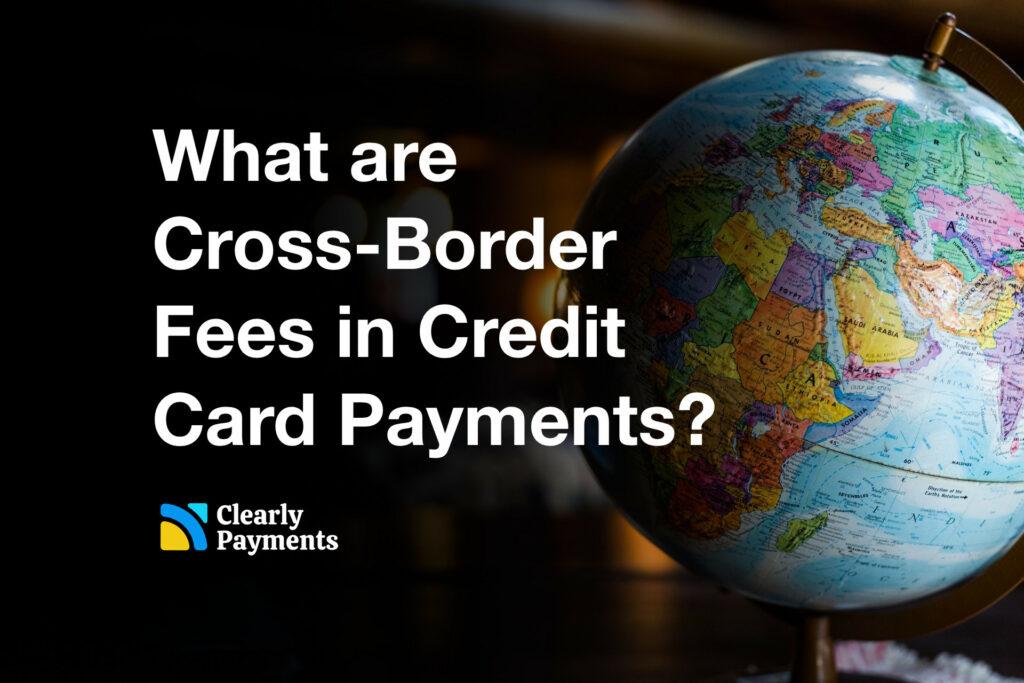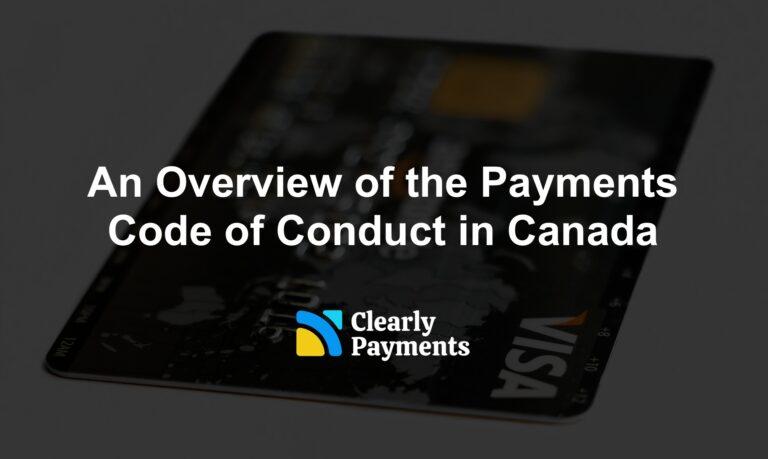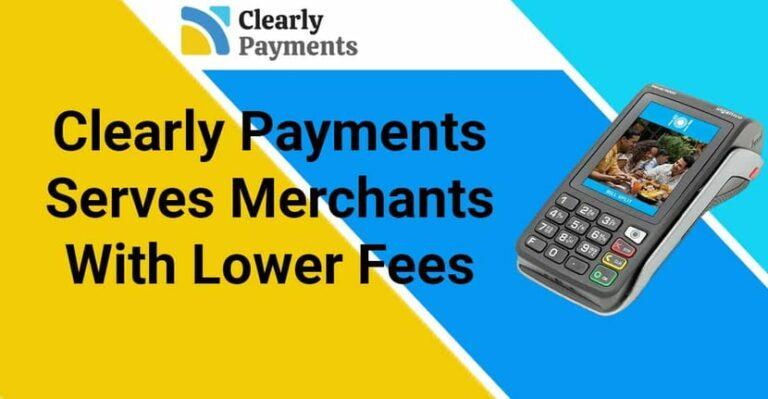Cross-border commerce has become a cornerstone of payments. As businesses expand to international markets and consumers continue with online shopping, cross-border credit card payments have emerged as a major element of the financial landscape. This article goes into cross-border credit card payments, exploring how they work, the challenges they present, fees, and strategies for optimizing these transactions.
The basic transaction flow of cross-border credit card payments
Cross-border credit card payments involve the process of making credit card transactions across national borders. This allows consumers and businesses to make purchases from merchants located in other countries. The fundamental mechanics of cross-border credit card payments involve several key players and processes:
Payment Authorization: The transaction begins when a customer makes a purchase using a credit card on an international merchant’s website or at a foreign brick-and-mortar store.
Merchant’s Payment Gateway: The merchant’s payment gateway, often provided by a payment processor, securely collects and transmits the transaction details, including the customer’s credit card information, to the card network.
Card Network Approval: The card network (e.g., Visa, MasterCard, American Express) processes the transaction and verifies whether the customer’s credit card is valid, not stolen, and has sufficient funds or credit limit to cover the purchase.
Currency Conversion: If the transaction involves a foreign currency, the payment network typically handles the currency conversion. The transaction amount is converted from the merchant’s local currency to the cardholder’s currency at the current exchange rate.
Authorization Response: The card network sends an authorization response back to the merchant’s payment gateway, indicating whether the transaction is approved or declined.
Customer Verification (Optional): Depending on the issuer’s security measures, the customer may need to provide additional verification, such as a one-time password (OTP) or biometric authentication, to complete the transaction.
Merchant’s Response: The merchant receives the authorization response and informs the customer of the transaction status. If the transaction is approved, the merchant proceeds to fulfill the order.
Settlement Process: After a successful transaction, the payment processor or acquiring bank initiates the settlement process, transferring funds from the cardholder’s issuing bank to the merchant’s acquiring bank.
Payment to the Merchant: The acquiring bank transfers the funds to the merchant’s bank account, usually in the merchant’s local currency, within a specified period, typically one day to a week.
Currency Conversion: If the initial transaction involved currency conversion, the merchant may incur currency conversion fees during the settlement process.
Statement to the Cardholder: The cardholder sees the transaction on their credit card statement, typically denominated in their local currency. If the transaction was made in a foreign currency, the statement will show the converted amount along with any applicable foreign exchange fees.
Foreign Transaction Fees: Cardholders may be charged foreign transaction fees by their issuing bank for making cross-border purchases. These fees can vary among banks and credit card issuers.
Challenges in cross border credit card payments
While cross-border credit card payments offer convenience and accessibility, they come with their share of challenges and considerations:
Currency Exchange Rates: Fluctuating exchange rates can impact the final cost of a cross-border transaction for both merchants and consumers. Businesses need to consider how they price their products or services to account for potential currency fluctuations.
Foreign Transaction Fees: Cardholders incur additional fees for cross-border transactions, including foreign transaction fees imposed by their issuing banks. These fees vary and may influence cardholder behavior.
Security and Fraud Risk: Cross-border transactions are more susceptible to fraud due to the geographical distance involved. Merchants and payment processors must employ robust security measures to protect against fraudulent activities.
Regulatory Compliance: Operating across international borders requires businesses to navigate complex regulatory landscapes. Compliance with local and international regulations, including data protection and tax laws, is essential.
Customer Experience: Language barriers, unfamiliar payment processes, and varying customer expectations can impact the overall shopping experience for cross-border customers. Businesses must strive to provide a seamless and localized experience.
While cross border transactions offer great benefits, they also come with challenges that require careful consideration and planning for merchants. By understanding the intricacies of cross-border payments and implementing the right strategies, businesses can thrive in the international marketplace while providing customers with a seamless and secure payment experience.
Fees in cross-border credit card payments
Behind the convenience of cross-border payments lies a complex web of merchant fees that can significantly impact a business’s bottom line. In this exploration of merchant fees in cross-border credit card payment processing, we go into the intricacies of these charges, examining the factors that influence them, the types of fees involved, and strategies for businesses to effectively manage and optimize their international transactions.
Overall MasterCard and Visa have different cross-border fees, depending on the type of transaction and the currency of the transaction. Mastercard’s cross-border fee have a range from 0.6% to 1% of the purchase while Visa’s cross-border fee ranges from 1% to 1.4% of the transaction amount.
Here is a list of the general fees involved in a credit card transaction:
- Interchange Fees: Interchange fees are fees paid by the merchant’s acquiring bank (the bank that provides merchant services) to the cardholder’s issuing bank (the bank that issued the credit card). These fees are set by credit card networks (e.g., Visa, MasterCard) and vary depending on factors such as the type of card used and the merchant’s industry.
- Assessment Fees: Assessment fees are charges imposed directly by the credit card networks themselves. They are typically a percentage of the transaction value and contribute to the operation and maintenance of the payment networks.
- Cross-Border Transaction Fee: This fee is specific to cross-border transactions and is intended to cover the additional costs associated with processing international payments. It is typically charged by the merchant’s payment processor or acquiring bank.
- Currency Conversion Fees: If a transaction involves currency conversion (e.g., the merchant’s local currency differs from the customer’s currency), additional fees may apply. These fees can be associated with the currency conversion process and may vary among payment processors or issuers.
Strategies for lowering cross-border fees
Reducing cross-border fees stands as a pivotal objective for merchants striving to optimize international transactions and bolster their competitive advantage. A highly effective approach involves skillful negotiation of terms with payment processors and acquiring banks. Merchants with substantial transaction volumes often wield greater negotiation leverage, enabling them to secure reductions in fees.
Furthermore, diversifying payment options to encompass digital wallets and local alternatives can draw cost-conscious customers, mitigating the impact of cross-border fees. While implementing Dynamic Currency Conversion (DCC) offers transparency to customers, careful consideration of potential fees is paramount. Staying abreast of evolving fee structures, actively monitoring transaction data, and routinely reviewing and renegotiating merchant agreements empower businesses to navigate the ever-changing landscape of cross-border fees while enhancing profitability.
When addressing the cross-border fee charge, it’s essential to acknowledge that this assessment fee is non-negotiable and is established and maintained by the card networks themselves. Credit card processors do not generate profits from the base fees set by the credit card companies. Nevertheless, it is prudent to ensure that your processor does not impose additional, avoidable transaction fees.
While international business operations cannot eliminate the cross-border fee, some business owners might explore exceptional circumstances. In certain situations, it may be worthwhile to register your company in a specific country and open a local bank account, primarily if your business conducts substantial transactions in that region. The rationale behind such a decision could include mitigating extra processing fees. Ultimately, this choice depends on your business growth strategy and whether expanding in a particular region aligns with your objectives.




